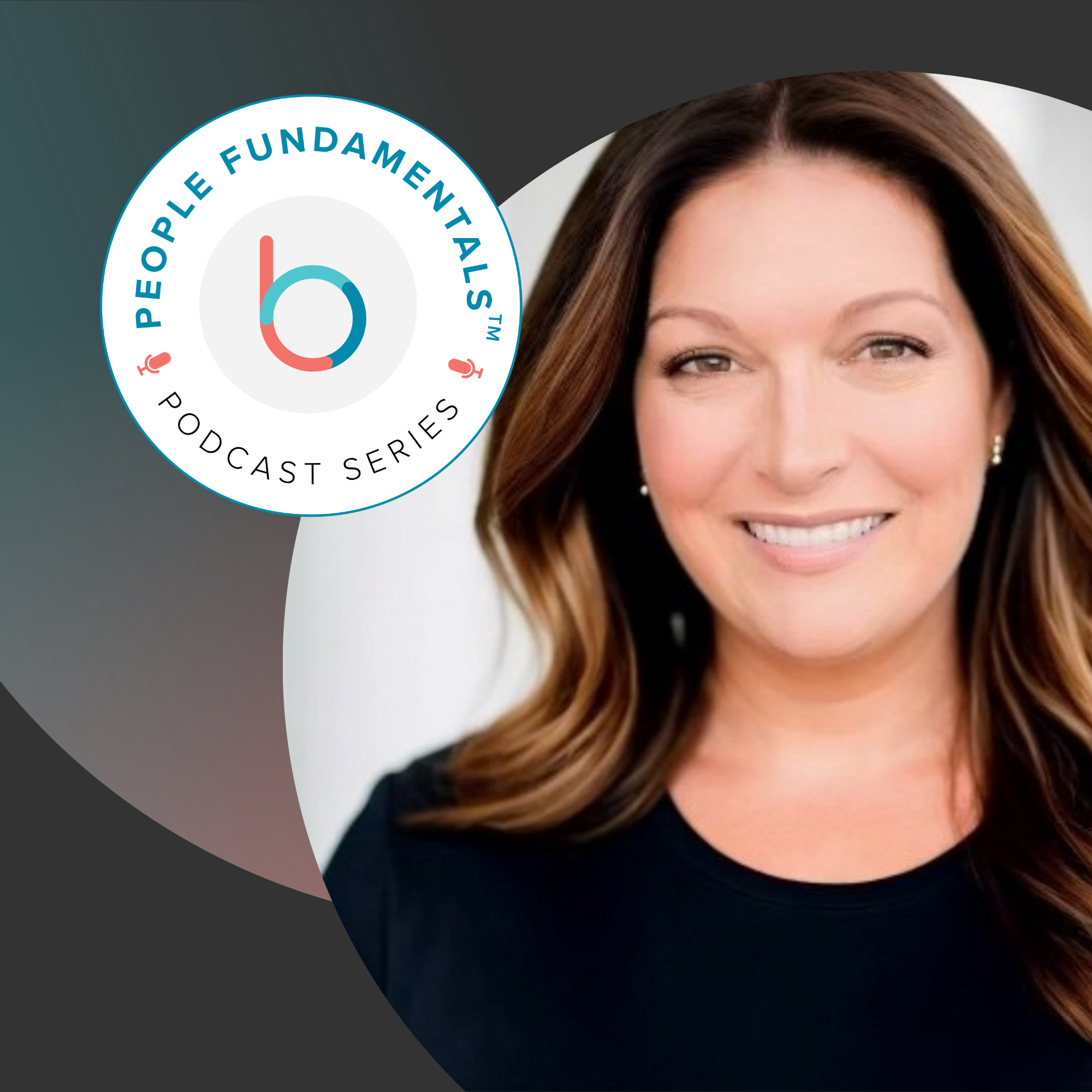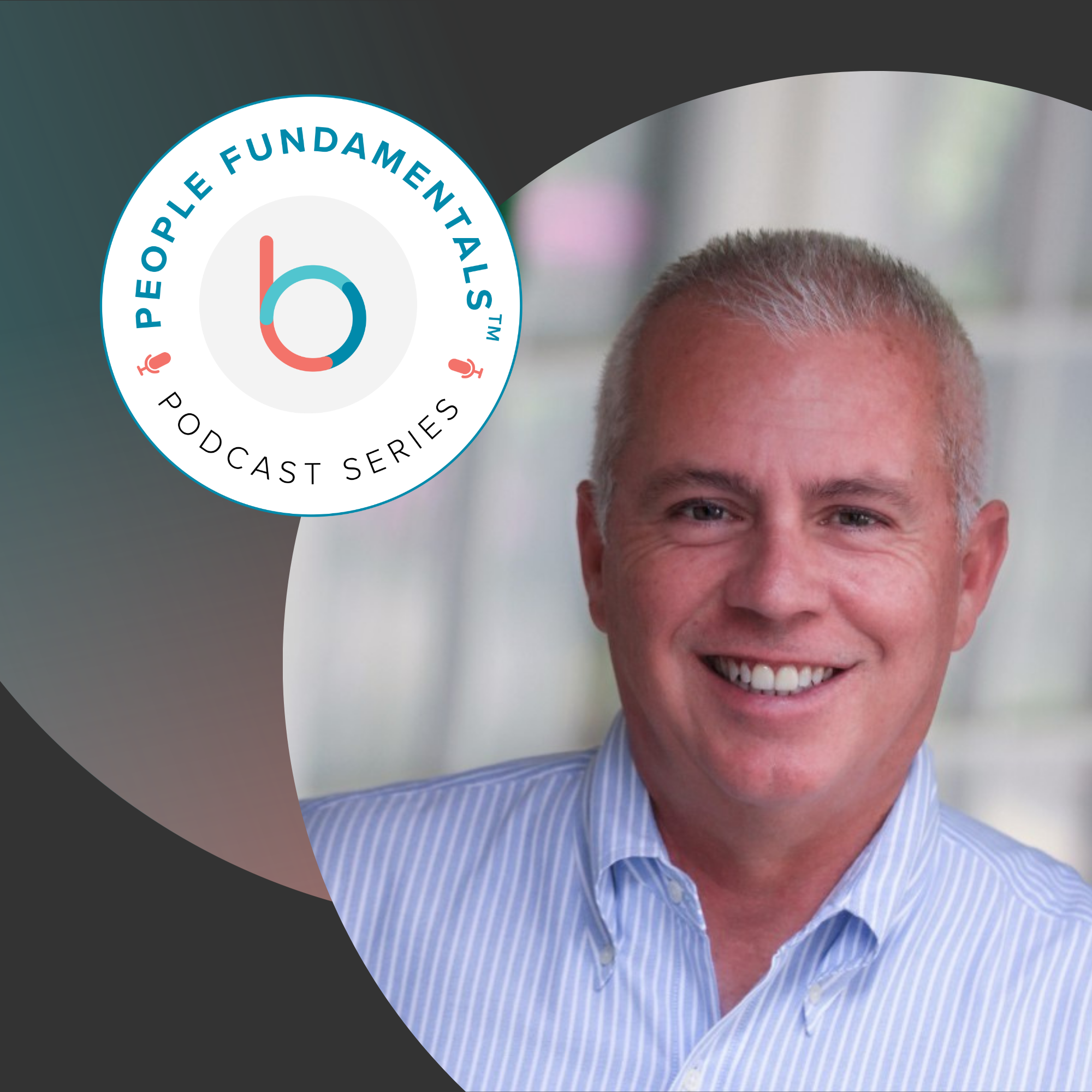Over the past couple of weeks, we’ve written quite a bit about Objectives and Key Results (OKRs) and their impact on businesses. Today, we are proud to bring you a special Q&A with John Doerr who takes a look back at how OKRs were adopted by Intel—and later by Google—and how he views the future of goal setting.
Kris Duggan: Where did you learn about setting goals using Objectives and Key Results?
John Doerr: I was first exposed to OKRs at Intel in the 1970s. At the time, Intel was transitioning from a memory company to a microprocessor company, and Andy Grove and the management team needed employees to focus on a set of priorities in order to make a successful transition. Creating the OKR system helped tremendously and we all bought into it. I remember being intrigued with the idea of having a beacon or north star every quarter, which helped set my priorities. It was also incredibly powerful for me to see Andy’s OKRs, my manager’s OKRs, and the OKRs for my peers. I was quickly able to tie my work directly to the company’s goals. I kept my OKRs pinned up in my office and I wrote new OKRs every quarter, and the system has stayed with me ever since.
Duggan: Tell us about your first OKR meeting at Google.
Doerr: Kleiner Perkins had just invested in Google, and as a strong advocate of OKRs, I offered to introduce the OKR system to Larry, Sergey, and the leadership team. The entire company was standing around a Ping-Pong table and I stepped through the goals, benefits, and implementation details of OKRs. Larry and Sergey saw the value immediately. They liked the idea of having a quarterly set of priorities for the company. It took a couple of iterations, but we figured out the right cadence and model and to this day, Larry writes his own personal OKRs and Google’s corporate OKRs every quarter. In my experience, this is a trial-and-error process and it usually takes a company 1-2 quarters to figure out.
Duggan: How have companies like Google and Intel been able to successfully implement OKRs while other companies struggle to effectively use goal-setting strategies?
Doerr: First, and most importantly, the company must have conviction around goal setting. This commitment needs to come from all levels: the CEO, the senior leadership team, and every team member within the company. That’s the best way to ensure success. It worked at Google and at Intel because Larry Page and Andy Grove were committed to OKRs and they had the right level of support from their teams.
Once the company commits to implementing the OKR system, an OKR shepherd should be identified; someone who can help educate the team, track and grade progress, and make the necessary tweaks to the implementation. This can be the COO, Head of Human Resources, an engineering leader, or anyone else on the leadership team. It won’t be perfect the first time and there will be naysayers, so it’s critical to identify an OKR lead who will prioritize the implementation.
And finally, companies should make this part of their DNA, their everyday culture and language. OKRs, whether at the corporate level or the individual contributor level, should be visible throughout the company. New employees should receive formal training on the OKR system. That’s how we make the system successful and sustainable.
Most companies that have implemented OKRs have adapted the system to their culture. That’s the key…do what you need to do to make it work for your company. And if it doesn’t work for your company for whatever reason, that’s ok too.
Duggan: Why do you think setting goals is important for businesses?
Doerr: The success of companies in this day and age hinges on the ability to execute. Ideas are important, but they are easy compared to execution. Thomas Edison once said “Vision without execution is hallucination.” I’m a big believer in this and I feel strongly that goal setting is the best way to keep the execution machine on track
Goal setting is important for several reasons. First, it helps the company focus, not on 50 goals, but on the top 5 or so goals that are critical to the company’s success. By going through the process of brainstorming and writing goals, we are assured that the major goals will surface. That’s good discipline.
Goal setting also helps with accountability and coordination between teams. We know what we need to accomplish, when it needs to be accomplished, who is going to own it, and how we are going to work together to get it done.
When done right, goal setting is a very powerful tool. Every team member in the company can link their goals to the corporate goals, knowing that their work is having a direct impact on the success of the company. And corporate goals can be inclusive of ideas that are created at the individual contributor level, which keeps the senior leadership team in tune with the organization.
Duggan: What kinds of things do enterprises need to do to improve goal setting in the future?
Doerr: There are a few common mistakes that I see with respect to goal setting, and here’s how I recommend addressing those mistakes:
- Goals must be supported by the entire organization. Every team and working group should agree on their goals and priorities.
- Goals must be measurable or have quantifiable targets. Maybe it’s shipping a certain number of products or hitting a release schedule, but in any case, we have to be able to track and measure the goals.
- Goals should be aggressive yet realistic. We want to stretch ourselves and stretch our teams, but not to the point of breaking.
- Don’t tie the OKR goals to bonus payments, except for sales quotas. We want to build a bold, risk-taking culture.
In the next few years, we’ll see new technologies from new companies, like BetterWorks, that focus on helping companies improve operational excellence and behavior. It’s the simple tools, done right that will help this transition. This is exciting to me personally because I know the impact that BetterWorks can have on other companies, both large and small.
OKR stands for Objectives and Key Results. They are a goal-setting framework that has been designed to track and define their outcomes.
When teams utilize OKRs, their purpose is to set rather ambitious goals in order to achieve a desired result.
Setting achievable goals isn’t as easy as it may sound. This is why it’s important to set your sights on something that is actually attainable.
For goals to be successful, they must be worked toward by the entire department, or even by the entire organization. They must also be realistic and easily measurable.
John Doerr is the author of Measure What Matters, a book that is geared toward setting and reaching goals utilizing the OKR method. He encourages and works with countless entrepreneurs urging innovation and disruption.
He is perhaps best known as the man who introduced OKRs to Google. He thoroughly explained the system to the team and personally saw the results.





